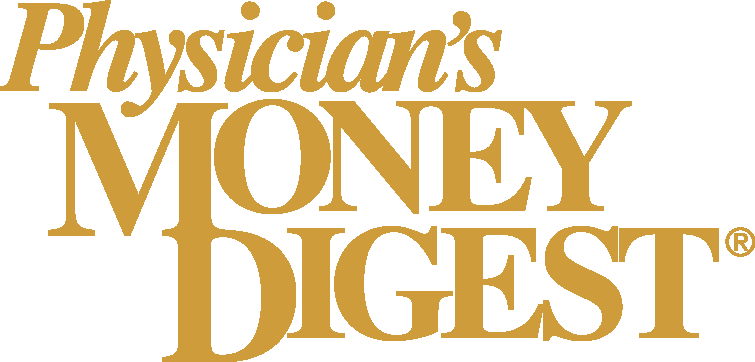Article
ONLINE News Briefs
Credit Cards, Government Programs, Medical Education
ONLINE News Briefs
Credit Cards: Interest rates remain high . . .
Cuts in the prime rate have dropped the average bank credit card interest rate to 14.2 percent, reports CardWeb.com, an online publisher of payment card information. That's a substantial decline from December 2000, when the average rate was 16.57 percent. But it hasn't dropped as much as the prime rate, which has sunk since last December from 9.5 to 5 percent.
The biggest reason for the sluggish decline of credit card rates is the increasing use of fixed rates. About 45 percent of bank credit cards now carry fixed rates, compared with less than 20 percent just three years ago. Even variable-rate cards still charge an average of 13.8 percent interest, according to Bankrate.com, a consumer finance network. About a quarter of variable-rate cards have minimum annual rates; others adjust rates only quarterly, which means the latest cuts won't show up until next year.
. . . but at least you'll know what you're paying
Those annoying credit card offers that clutter your mailbox are now a little easier to understand. The Federal Reserve Board's revised rules for credit cards require that solicitations clearly disclose the annual percentage rate in large type. Mailings also have to disclose clearly what annual percentage rate you'll pay if you make cash advances or transfer balances from another credit card.
Government Programs: For elderly patients, it's in one pocket, out the other
Next year, Social Security and Supplemental Security Income (SSI) benefits will rise 2.6 percent, for an average monthly increase of $22. But that gain will be offset by the increase in Medicare premiums, deductibles, and copays.
Medicare beneficiarieswho are obligated under the law to pick up 25 percent of Part B spendingwill pay $54 a month, up from this year's $50. They'll also pay a higher deductible ($812 vs $792) for inpatient services, and an additional $5 to $10 a day for hospital stays exceeding 60 days. The Part A premium, paid by an estimated 392,000 beneficiaries, will increase by $19, to $319.
Medical Education: What does it take to mold a good doctor?
If topnotch physicians need both compassion and technical skills, medical schools may have to change their selection criteria, says Jordan J. Cohen, president of the Association of American Medical Colleges.
MCAT scores and GPAs should be used only as threshold measures, Cohen contends. He suggests that admissions officers seek out students with a deep-seated social awareness and those who have triumphed over adversity or made personal sacrifices for the benefit of others. And once those altruistic prospects have entered the system, Cohen warns, medical educators will have to take care not to do destroy their motivation by emphasizing objectivity and detachment.
Yvonne Wollenberg. ONLINE News Briefs.
Medical Economics
2001;24.














